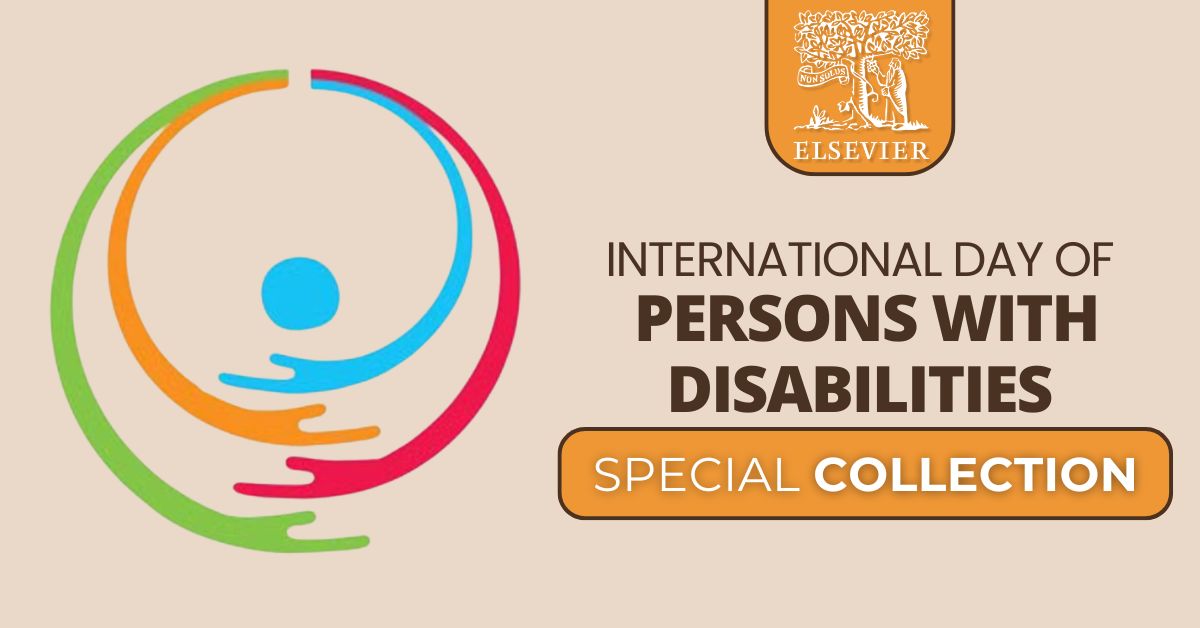Materials Today Advances, Volume 24, December 2024
Language and Health, Volume 2, Issue 2, December 2024,
This study provides insight into the perspectives on languages and modalities that emerge when (hearing) health professionals meet deaf parents with their babies in health centres, even with a sign language interpreter present.
The Lancet Regional Health - Western Pacific, Volume 52, November 2024
The annual observance of the International Day of Disabled Persons was proclaimed in 1992, by the United Nations General Assembly resolution 47/3. The observance of the Day aims to promote an understanding of disability issues and mobilize support for the dignity, rights and well-being of persons with disabilities. It also seeks to increase awareness of gains to be derived from the integration of persons with disabilities in every aspect of political, social, economic and cultural life.
Brain Research, Volume 1843, 15 November 2024
Neuropharmacology, Volume 259, 15 November 2024

